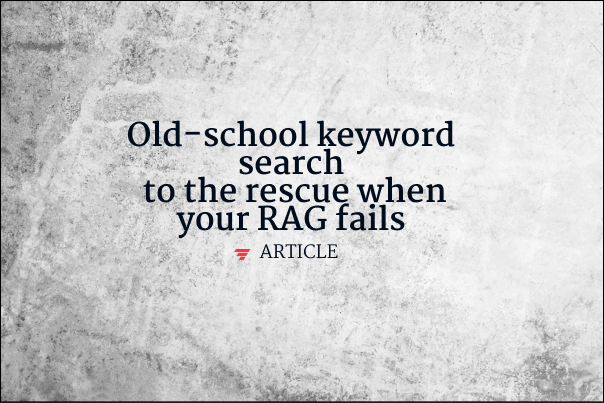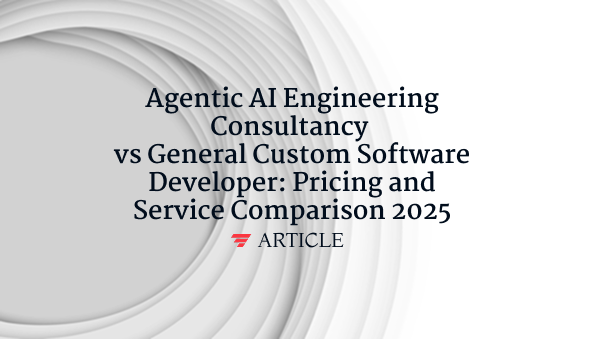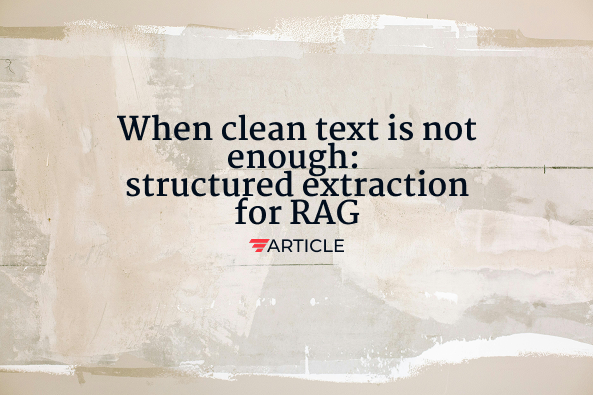Zero shot models
Zero shot models are artificial intelligence systems capable of performing tasks on categories, domains, or scenarios they have never encountered during training by leveraging learned representations and semantic knowledge to generalize beyond their training distribution. These models achieve zero-shot capabilities through techniques like semantic embeddings that map textual descriptions to learned feature spaces, cross-modal knowledge transfer between different data modalities, and compositional understanding of concepts. Common implementations include vision-language models like CLIP that classify unseen object categories, large language models that follow novel instructions, and multimodal systems that handle diverse input types. Zero shot models eliminate the need for task-specific training data, enabling immediate deployment across new domains and rapid adaptation to emerging requirements. For AI agents, zero shot models provide flexible reasoning capabilities essential for autonomous operation in unpredictable environments.
Want to learn how these AI concepts work in practice?
Understanding AI is one thing. Explore how we apply these AI principles to build scalable, agentic workflows that deliver real ROI and value for organizations.



